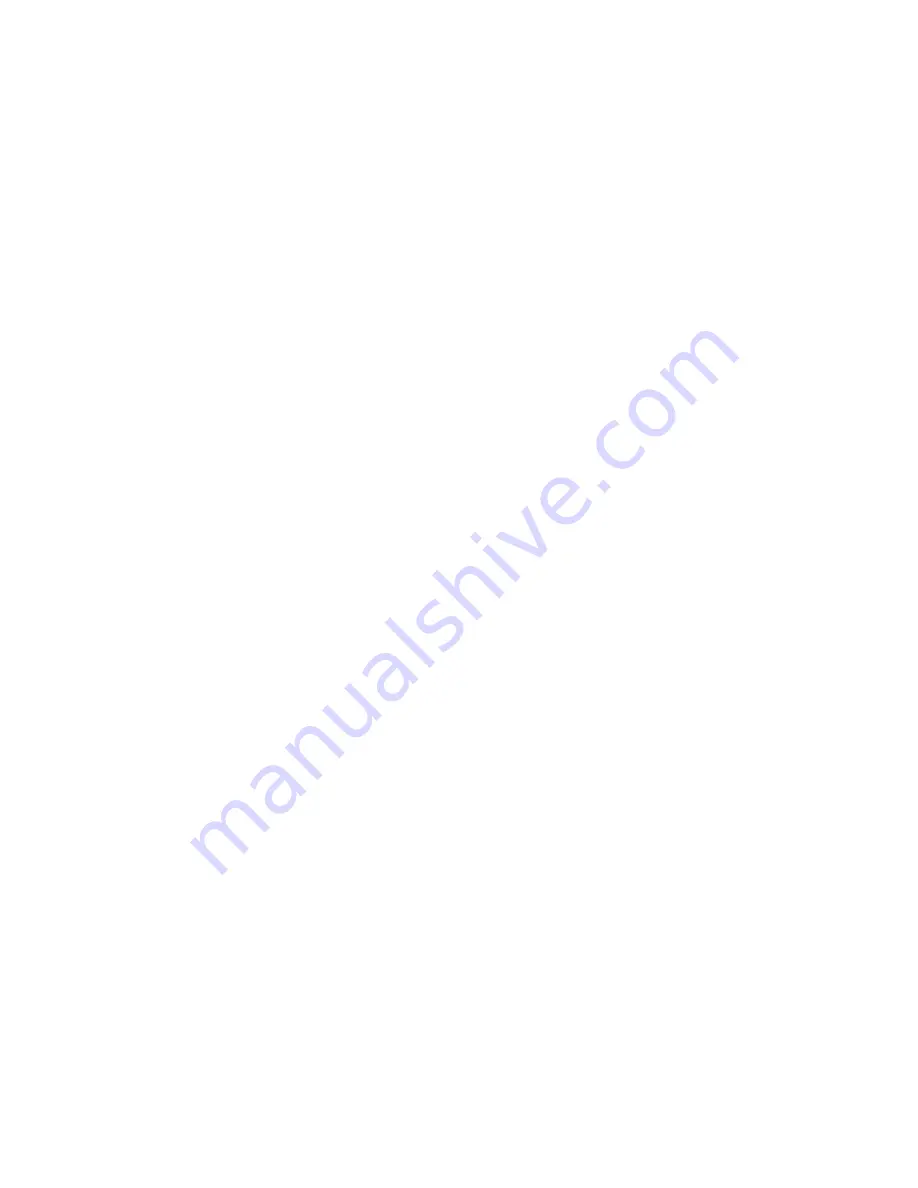
Revised 14 June 2003
F-1
Appendix F
PAINTING INSTRUCTIONS
GENERAL:
Should you paint your antenna? We think so, but it's your decision. Here are the facts:
OPERATIONAL EFFECTS:
Nil; a thin dielectric coating (paint) between the metal and the air does cause changes,
but they would be very difficult to measure for antennas of this size. A slight reduction in
precipitation static may be noticed.
ADVANTAGES:
There are two primary advantages to painting an antenna:
First, its visual impact is mitigated, because the recommended paint is flat, eliminating
the "glint" associated with aluminum, even so called low-glare treatments. Further, the
recommended paint is very close to the color and gray-scale of power company pole-
mounted transformers and modern insulators; this results in it not being too dark against
a light sky, nor too light against a dark sky.
Second, the antenna is protected from weathering, particularly if its surrounding area is
subject to contaminants that would attack aluminum (ocean air, acid rain, etc.).
Other advantages include: cleaner handling (bare aluminum can be really dirty stuff),
protection and easy-to-disassemble locking of mounting hardware, protection of cables,
BALUNs, etc. from the effects of sunlight, and as mentioned above, some reduction of
static from raindrops.
DISADVANTAGES:
Labor and cost of painting materials
MATERIALS REQUIRED:
1. "Scotch-Brite" pad, general-purpose hand pad, maroon. Available from auto painting
and abrasives companies and larger hardware stores
2. Clean soft rags or paper towels
3. Acetone or Methyl-Ethyl-Ketone (MEK) (latter recommended)
4. Light Gray Primer, Rust-Oleum No. 2081, available at Home Depot, large hardware
stores, and some paint stores. There are no recommended substitutes at this time.
BACKGROUND:
1. This primer is light gray, a color that is being used more and more for power-pole
insulators, transformers, etc., for looking less obtrusive against an average sky.
2. Read instructions on paint can thoroughly; disregard the part about surface
preparation, which was written for steel automotive bodies. This particular primer


































